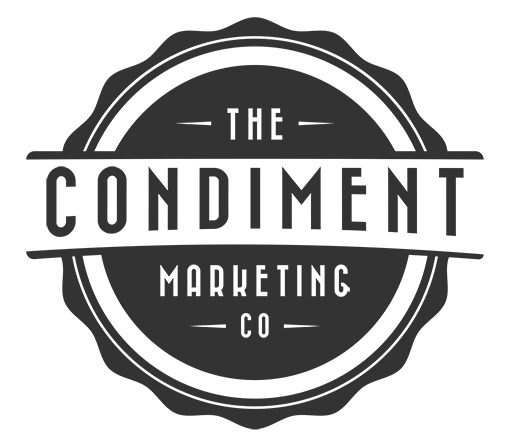In the last post, I left off talking about buckets in social media planning. A bucket holds everything that will go into achieving a single objective including the places you will hang out within social media (e.g., Facebook) and the tasks you complete within those accounts.
Fifth, decide who and for how much time
Maybe you are the person who spends 30 minutes every morning on social media or maybe you have several people in the office responsible for monitoring your social media accounts every day, all day. Whatever the case, keep it consistent. An abandoned Facebook fan page will have the opposite impact you are looking for.
When deciding on time allowances, consider the realistic impact you could have on each social network. If your objective is to provide customer service to customers who hang out on Facebook and StumbleUpon, spend more time where you have more influence. With Facebook you can provide links, ask questions, and respond to feedback easily whereas with StumbleUpon the impact is not as direct. That doesn’t mean you shouldn’t be on StumbleUpon, it just means you should limit your time there.
Sixth, create an editorial calendar
It’s time to decide what kind of information you should publish in order to reach your objective. If it’s customer service you’re after, then you should answer frequently asked questions, provide links to resource articles, and invite customers to take surveys on performance, for example.
Your editorial calendar doesn’t need to cover every little detail, but it does need to outline the type of content you will publish over the next 30 days. Keep in mind that 75% of the material you bookmark and post should be non-promotional, questions and answers, and general interaction between followers while 25% of material can be promotional.
Seventh, create your social media accounts and keep them personable
It’s tempting to open a social media account and use your corporate speak to fill in all those fields “about you.” Social media is not the place to overload on marketing speak. Instead, keep it conversational and add your name and pictures/videos where it’s appropriate.
Eighth, listen and respond
Successful social media interaction doesn’t result from 100% automation. To have success, you need to listen to what your customers say and respond! Use Google Alerts and other listening tools to hear what people say about your business.
Ninth, build your connections
It’s very easy to start connecting with people in your industry or celebrities or local news, and that’s okay to do, but it doesn’t help reach your objective of providing customer service. Focus on your customers—the rest is just butter.
Tenth, revisit your social plan and empty the next bucket
After a month has gone by, assess your work. Are you making progress toward reaching that objective? If not, try changing up your editorial calendar and the frequency/timing of your participation.
If you have made progress toward reaching that first objective, then look at your next bucket and repeat the process. Of course, much of the ground work is already done, so it’s just a matter of modifying details to empty the subsequent buckets.





